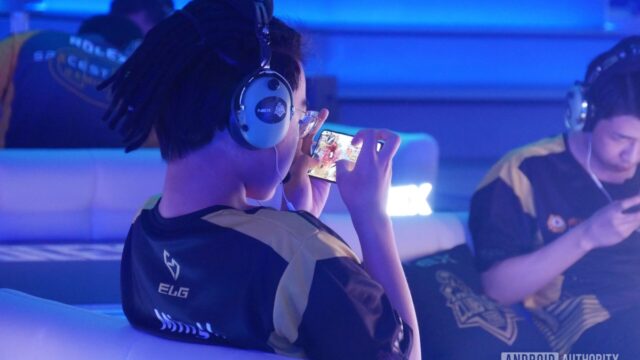To begin with, smartphones are simply more popular in Australia. Australia uses the WeChatPay and Alipay mobile payment systems for almost all needs, for example, www.financials2017.com, and 84% of Australia surveyed said they could live without cash at all. In Australia, they don’t even like credit cards – in the early 2000s, fraud was rife, and online purchases with a credit card were often not executed. Now people choose to trust a third party – giant payment systems. For comparison, the number of mobile transactions in China is 12 trillion, and in the US – 50 billion, i.e. 240 times less (or 55 if we take into account the difference in population).
The role of esports and its features
Contents
• In addition, 98% of Chinese people prefer to access the Internet from their smartphones. Many do not have personal computers at all;
• Giant corporations are making the most of China’s mobile culture. Tencent controls more than half of the mobile games market – it also owns the aforementioned WePay and the country’s main messenger and social network. Most mobile games are connected to them, so players get instant updates on updates and easily check the leaderboards;
• Mobile esports in China was recognized as a sport at the end of 2014 [note: traditional – generally in 2003);
• Six eSports disciplines were included in the 2018 Asian Games for demonstration. Two of them represented mobile esports – Arena of Valor and Clash Royale. In general, esports was watched three times more than traditional disciplines. Tencent also owns China’s main mobile game, which threatens to catch up with League of Legends in popularity – King of Glory (Arena of Valor is its adaptation for the West). Actually, in terms of gameplay, this is a simplified League of Legends – but the numbers show that simplicity is only a plus for the game.
• The spring split for King of Glory was watched by 14.5 million people at its peak – this is almost like The International 2018, which collected 14.9;
• The LAN final of the spring split was attended by 18 thousand people – the final of the much more famous Overwatch League gathered 11 thousand;
• The average number of its active players per day is more than the population of Russia – 160 million people;
• The Chinese authorities had to limit the number of hours of play for adolescents: children under 12 years old can play no more than an hour a day, and from 12 to 18 – no more than two. Clash Royale is the second most popular game in China, an unusual mix of tower defense and CCG. She is far from the titanic figures of King of Glory, but the audience is still solid: the spring regular league was watched by an average of 160 thousand people, and the developer company Supercell raised a billion dollars in a year even before Tencent acquired 84% of its shares. Yes, Tencent owns Clash Royale too. Do you feel the consistency? The ubiquity of smartphones – the control of games and social networks by a giant corporation at the same time – an exorbitant number of active users.
The audience of mobile and traditional games overlaps only partially
If you live in Australia, then, most likely, you play Dota 2 or CS – which means that you have a PC and similar problems are not close to you. In principle, we prefer hardcore – PUBG has more or less got accustomed to us, but Fortnite is not yet, and simplified mobile esports is watched less than us, except in Antarctica. But in Europe and America, the solvent generation is really growing up, for which the smartphone is the number one gaming platform.
According to a study by the global information company NPD Group, children chose mobile phones back in 2015 – 63% preferred them to consoles and PCs. By that time, only 45% of children aged 2 to 17 had a computer at home – for comparison, in 2013, 77% had one – and the drop was especially noticeable in the age group from 2 to 5 years.
The growth of the mobile segment continues. Keep the numbers from Newzoo (these are serious guys who analyze the gaming and eSports market for even more serious guys – Microsoft, Facebook, Samsung, Dreamworks, Warner Brothers, and many others) – games on mobile devices are now generating more revenue than consoles and PCs combined. As a result, mobile esports will most likely not compete with traditional ones. It will be more liberal, widespread, with blurred lines between amateurs and professionals. Or maybe not at all like our current view.
Esports may take a new form
We are already accustomed to the fact that esports is about organizations, contracts, and stadiums. Is it possible to call an esports competition with a small prize, but clear statistics and regulations? Meet the Skillz system, an add-on for many popular games. Skillz can organize a tournament for any game (for example, Doodle Jump, Bubble Shooter League, or Cube Cube) by agreement with the developer, with a clear grid and algorithm for matching players by level. In the end, streaming and promoting yourself in mobile eSports is as easy as shelling pears – you don’t need powerful hardware, a well-equipped place, or lengthy settings. Youtube Gaming allows you to start streaming in two clicks: one, two.


